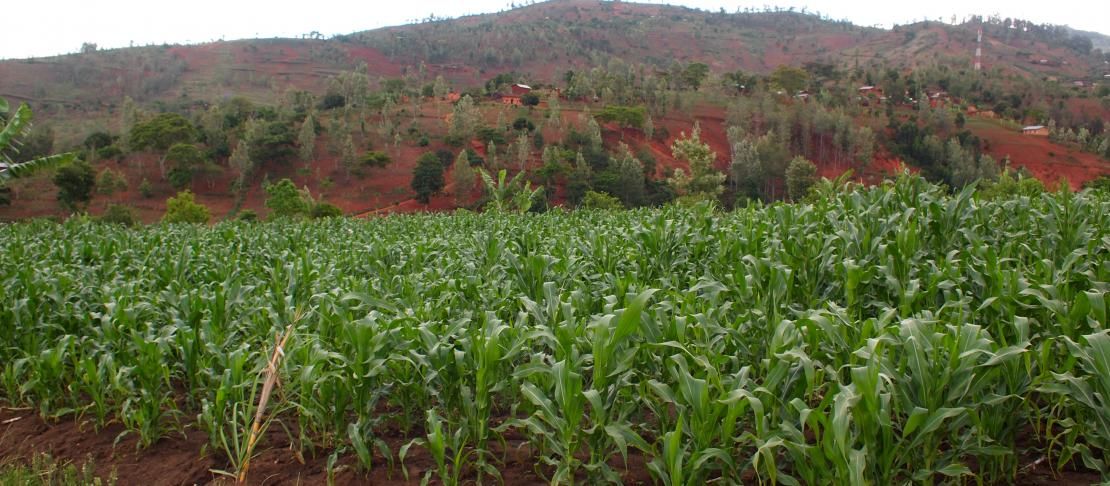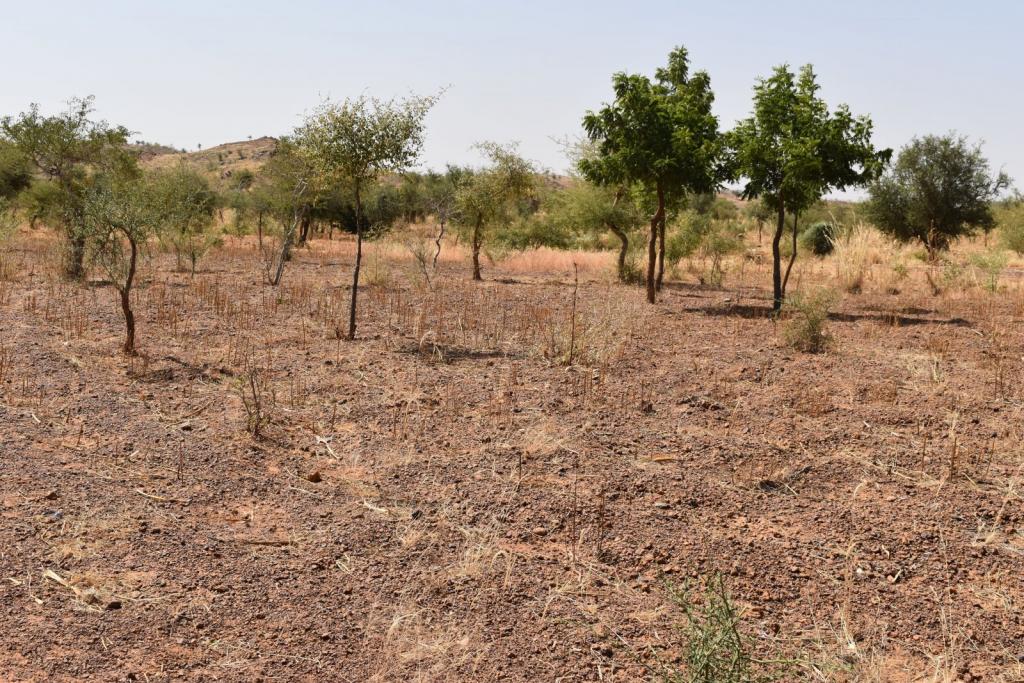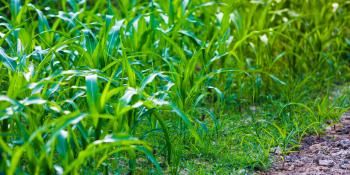Africa Environment Day: CCAFS celebrates progress in Tanzania, Uganda, Burkina Faso and Senegal

In celebration of Africa Environment Day 2018, CCAFS is highlighting recent and ongoing work advancing environmental sustainability in four African countries: Tanzania, Uganda, Burkina Faso and Senegal.
Tanzania: a holistic approach to land restoration in Lushoto District
At first glance, all seems well in the Lushoto District in Tanzania. But speak to the residents, and you begin to understand that they are suffering: declining crop production, increased soil erosion, declining forest cover, rising temperatures, drying of rivers, decreasing water in the valleys and irregular rainfall patterns are making life harder.
The message from the Lushoto district learning alliance is clear: for sustainable soil and land management to occur, it is important to take a holistic, system-wide approach that looks beyond technologies to address the incentives for adoption and implementation challenges.
To rectify these issues, the Lushoto District Climate Change Learning Alliance, International Centre for Tropical Agriculture (CIAT) and International Institute for Tropical Agriculture (IITA) convened a multi-stakeholder meeting in December 2017. The aim of the meeting was to jointly identify specific actions for land restoration and collective multi-stakeholder efforts.
Three groups were formed to carry out prioritization: a women’s group, a men’s group, and a group of local experts. While the expert group focused on the practices themselves, the other two groups (men and women) took a more comprehensive approach and included both practices and the enabling environment required to achieve land restoration. Meeting participants also advocated for participatory land use planning to ensure land is used sustainably to support various livelihood activities and ecosystem services.
Uganda: planning for climate-smart agriculture at landscape level
In developing countries, forests and trees on farms are important carbon sinks and are part of complex rural landscapes that fulfill the livelihood needs of the rural populace who rely on a variety of ecosystem services such as fuel, food, and water. Agriculture, though crucial for food security and development, remains the key driver of deforestation, and the major cause of greenhouse gas (GHG) emissions from the forest sector. CCAFS is supporting a landscape approach to these issues, making it possible to develop solutions for agriculture that do not come at the expense of forests, and vice-versa.
In Uganda, the Rakai district learning alliance has integrated various sectors and stakeholders at the landscape level to enhance synergies between proudctivity, adaptation and mitigation, the three interlinked pillars of climate-smart agriculture (CSA), as well as the sustainable management of ecosystem services. Through the learning alliance, stakeholders have discussed the need to show farmers the benefits of conserving forests and wetlands. Helping farmers to understand the utility of conservation may pave the way for a bottom-up approach to conservation.
The learning alliance has also served as a platform for participatory land use mapping. The mapping exercise helped to build the capacity of stakeholders to engage in CSA planning at landscape level, and also encouraged synergies between conservation actors that will facilitate sustainable use of natural resources in the district.
Burkina Faso and Senegal: combating environmental degradation with the Farmer Managed Natural Regeneration approach
The Sahelian and Sahelo-Sudanian zones in the Sahel are characterized by savanna, few trees, and a dry climate. Increasing aridity, along with a growing human population, continues to reduce plant cover, making the existence of rural populations increasingly difficult. In localities like Yatenga, Burkina Faso and Kaffrine, Senegal, where CCAFS is implementing the Climate-Smart Village approach, the number of trees is decreasing and the environment is deteriorating. A study published in the Journal of Arid Environment states that one in three trees in the Sahel has died since 1950.
Trees managed by farmers in the Climate-Smart Village of Tibtenga in Burkina Faso. Photo: Dansira Dembele (ICRISAT)
According to CCAFS research, integrating trees into agricultural systems helps rural communities adapt to climate change, mitigate its impacts, and improves their livelihoods. One method for doing this, and for more generally restoring degraded lands to regain their health and productivity, is known as Farmer Managed Natural Regeneration (FMNR). A low-cost land restoration method and that regenerates vegetative cover by re-growing living tree stumps, FMNR is now being considered as a promising climate-smart agriculture practice.
In the villages of Daga Birame, Senegal, and Tibtenga, Burkina Faso, an initial study conducted in 2013 identified erosion, droughts, and strong winds as key contributors to soil degradation. To help solve the problem, CCAFS and its partners—the World Agroforestry Center (ICRAF), Burkina Faso Environmental Institute for Agricultural Research (INERA), and Senegal Agriculture Research Institute (ISRA)—set up a FMNR demonstration trial. The trial aims to improve productivity while rebuilding biomass and carbon sequestration.
Read more:
- News update: Lushoto District Climate Change Learning Alliance reveals priorities for land restoration
- Blog: Climate-smart agricultural planning at a landscape level in Uganda
- Blog: Lessons for successful scaling of climate-smart agriculture innovations
- Blog: How climate-smart is the Farmer Managed Natural Regeneration method?
- Case study: Developing a Climate-Smart Village for Reduced Climate Risk and Food Insecurity in Daga-Birame, Senegal
Catherine Mungai is the Partnerships and Policy Specialist at CCAFS East Africa, based at ILRI in Nairobi, Kenya. Dansira Dembele is Communications Officer at CCAFS West Africa, based at ICRISAT in Bamako, Mali. Marissa Van Epp is Global Communications and Knowledge Manager for the CCAFS Program Management Unit, based at Wageningen University and Research in the Netherlands.




